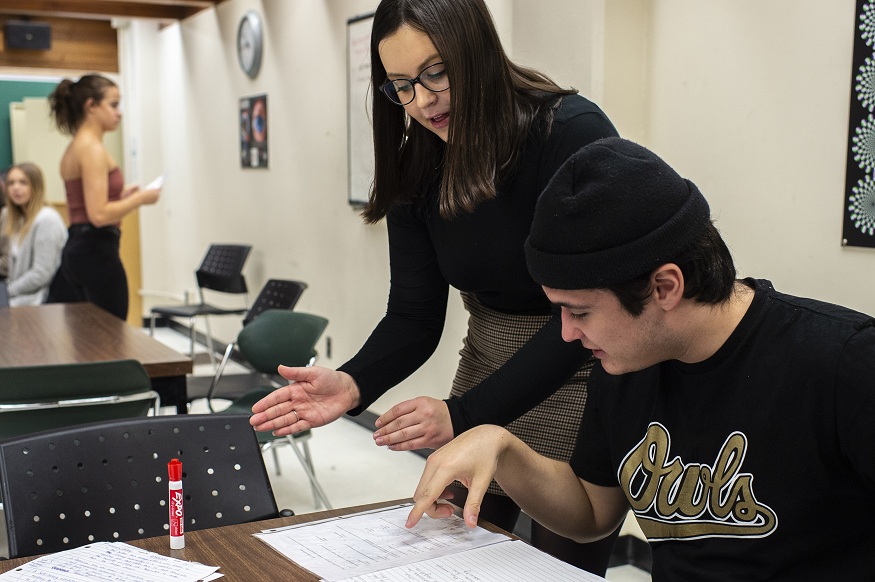Why do Canadian university students dislike e-learning?
It shows that only 15% of the university courses offered are offered in an “advanced” electronic environment, most of them being limited to exchange tools by e-mail and the posting of certain resources online. You could say that the technologies are used in a practical way, but not systematically or structured. Even further to the left of the spectrum is the fact that 17% of courses are still taught entirely in class, nothing online.
It is obviously the technical disciplines that are the most connected, while the arts and humanities are much less so. Educational sciences do not do very well with 40% of courses offering only basic interactions and 21% no relation to the electronic world.
We thus have the portrait of a university connected in appearance but not very much in practice.
For what results finally?
The majority of students consider that a fully or partially online course does not change much in the amount of data learned. Curiously, 28% consider that they learn more in a course without electronics, while 18% consider that they learn more in a course with advanced electronic support!
Satisfaction follows the same curve: 43% are very satisfied with an entirely classroom course and this satisfaction drops to 35% in advanced electronic environments. If we segment according to the disciplines, the technical disciplines have the majority of “very satisfied”, but overall, the proportion of satisfaction or dissatisfaction does not vary significantly whether the course is very trendy or not at all.
We find that the more students benefit from courses partially or entirely online, the more they appreciate them and consider this learning method important. On the other hand, and this is a key factor in this survey, courses taught entirely in person are considered more interesting than courses widely distributed online; however, this tendency diminishes with the experience of well-publicized courses.
The essential structure to go online
Students recognize, however, that courses that have many online resources are associated with better organized courses in general and that the material offered online is of good quality. On the other hand, the quality of teachers and of education in general is better appreciated in the classroom.
But almost all of them agree that it is better to attend a course-conference in person than online or that they will be more likely to miss a course if they know that they will be able to do so. found online, which will surprise no one. Hence the “secondary” but real interest in course recordings.
Despite several mixed or unpleasant aspects, students still say they want the university to offer more course content online.
We still want more
The data from this study can be interpreted in several ways and the conclusions clearly reflect this ambivalence of the data: we are still far from having mastered the didactic use of technologies and this is undoubtedly not the priority of many teacher-researchers , or even a concern.
Technologies have the potential to really improve the efficiency of higher education, far beyond a simple and dull alternative to class attendance, but there is still a lot of work to be done at the level of practices and mentalities, starting with an identification of the resources and content that would benefit the most from moving online.



